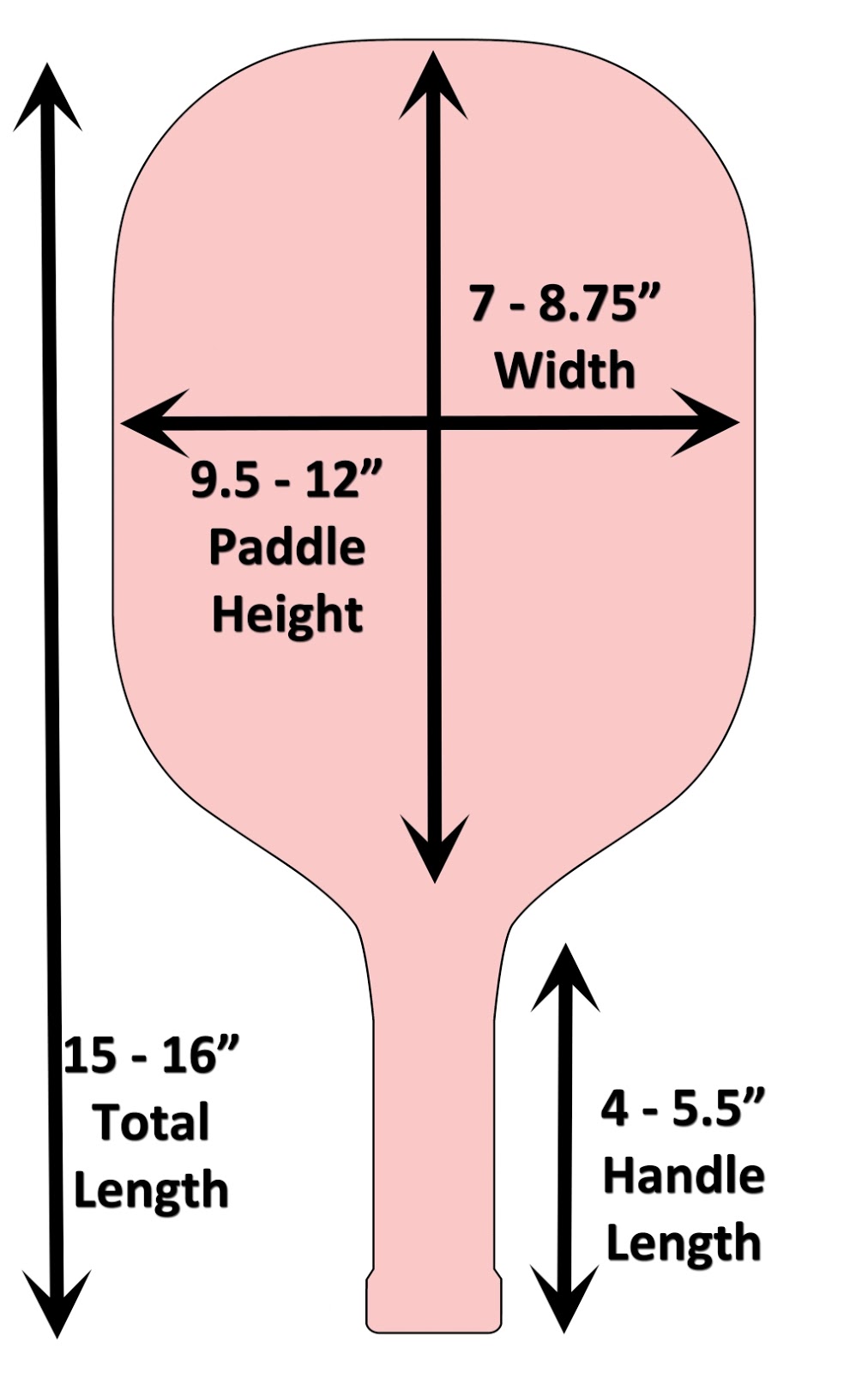

Step 8: Build up the handle by gluing small pieces of wood or foam on either side of the handle. Note: back to the IFP rule book, “The paddle hitting surface shall not contain holes, indentations, rough texturing, tape, features that are reflective, or any objects or features that allow a player to impart additional or increased spin on the ball.” Step 7: Customize your paddle face with paint, stickers, graphics, a picture of your ex, etc. This could include the face and edges or anywhere your cutting tool went haywire. Step 6: Sand as needed to make all surfaces smooth and even. Depending on what adhesive you used, removal may involve sanding, soaking, peeling, rubbing, or begging. Step 5: Remove the template from the paddle. Step 4: Cut along the template guidelines using a cutting tool of your choice that is both accurate and strong enough given your chosen material. Step 3: Cut out the template and affix it to your chosen paddle material using spray adhesive or similar glue product. Paddles that produce a trampoline effect or an effect similar to a stringed racquet are specifically disallowed.” Note: according to the IFP “Paddle Material Specifications,” paddles “shall be made of relatively rigid, non-compressible material… That is the traditional concept of a paddle and that is why the game is not played with a stringed racquet. We recommend sticking with wood for homemade paddles. Finding these high-tech materials is very challenging and expensive. High-tech materials like sheets of nomex or aluminum honeycomb with a graphite or fiberglass face are difficult to work with and can delaminate without a strong edge guard. Most are made from 5 or 7 layer plywood, while some are made from solid wood. Every DYI paddle we’ve seen has been made from wood.

There is no restriction on thickness, but 3/8” is a common measurement. Step 2: Choose your paddle material and thickness. The combined length and width including any edge guard and butt cap shall not exceed 24”. Note: according to the International Federation of Pickleball (IFP) Tournament Rule Book, “the most common paddle measurement is approximately 8” wide by 15 ¾” long. We’ve included one here (adapted from Change the height and width to fit the specs you want and print it off on paper that’s large enough to fit the whole picture with some breathing room (11×17 should fit the bill).
#PICKLE BALL RACKET HOW TO#
Inspired by his DIY (Do It Yourself) spirit, we thought we’d let others know how to fashion your own paddles should the mood – or need – strike. He also knew that there was no money in the budget for paddles so he made his own. Recently we posted a letter from a man who traveled to Moldova to volunteer at a camp for disadvantaged teens. He was a pickleball fan and knew that during his time there he would want to teach the kids how to play.


 0 kommentar(er)
0 kommentar(er)
